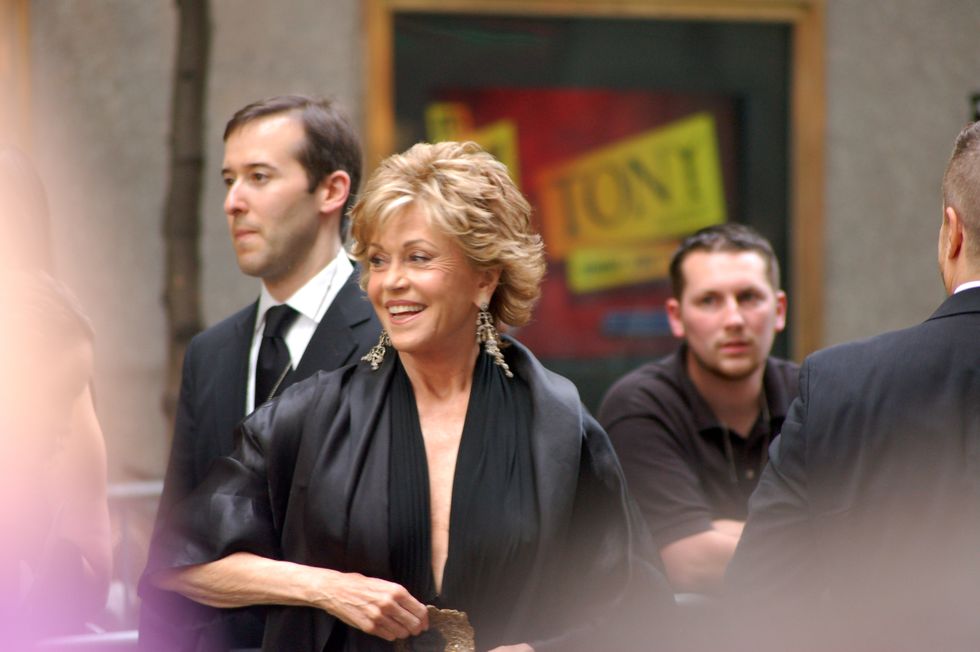She puts the finishing touches on her makeup, so they say she is in dress code. She buttons to the top of her blouse, so they don’t stare. She smiles and asks politely, so they won’t call her uptight. She doesn’t smile too much though, so they don’t think she’s flirting. She doesn’t question her salary, so they don’t report her. She doesn’t tell anyone what her creep of a boss did, so they don’t fire her. Just another day at the office.
She is not alone. The modern woman is forced to deal with workplace discrimination and sexual harassment in silence. Even her dress code, from the makeup on her face to the heels on her feet, is designed with a restrictive double standard.
Despite past efforts to combat such inequality, this has largely remained the status quo. However, 2017 marked a turning point in the fight for a workplace equality with the viral social media campaigns #MeToo and #TimesUp, which are aimed at combating sexual harassment and sexist double standards.
These campaigns amplify the forceful rallying cries of working women and shines light on the unspoken reality of their experiences in the workplace at the hands of men. These protests echo the feminist movement of the 1970s which was in part influenced by its representation in film, an iconic example of which is Jane Fonda’s trailblazing production of “9 to 5.”
Taking inspiration from her friend’s Boston organization of female workers “Nine to Five,” Fonda sought to bring to light the untold stories women in the office often experienced in a way that was palpable to the public: comedy. The 1980 office satire “9 to 5,” starring Dolly Parton, Lily Tomlin and Fonda herself, addresses the wage gap, sexual harassment and blatant sexism through the lens of three women fed up with their villainous, misogynistic male boss.
In “9 to 5,” the boss subjects the feminist trio to different aspects of the same sexist narrative. He calls the new girl stupid and incapable. He demands his secretary to turn around and bend over for his viewing pleasure. He takes the credit of the only female office manager to further his standing with the company. The sexist dynamic between him and the trio is reflected in their attire and connects the events of the movie to the feminist movement as a whole.
Stereotyped as the weaker sex, the female employees of “9 to 5” adhere to a strict dress code characteristic of 1970s workplace apparel of below the knee skirts, silk ties, blouses adorned with bows, heels and a full face of makeup. The physical restrictiveness and beauty standards imposed on women by their male superiors shows the subtlety of sexist workplace culture.
Outside the office, women of the 1970s were embracing comfort and function in their casual fashion. Denim jeans, loose-fitting shirts and flat Oxford shoes reflected the growing movement of women to make their own choices and live as they please, free from the limitations of the patriarchy. Within the walls of the office, however, it was still very much a man’s world.
The requirement that women maintain feminine standards of beauty in the office ensures that the standard of acceptable clothing for working women is decided by the men. As a consequence, men use this double standard to solidify ideas that women are incapable of a man’s job and are not to be taken seriously. Sexist ideas like these supported the wage gap and kept women from advancing, despite having the qualifications to do so.
By the film’s end, however, “9 to 5” rejects this pervasive narrative that women’s capabilities are limited by their clothing. Following a series of bumbling mishaps, the trio find themselves in charge of the company and replace the sexist status quo with a progressive and equal workplace, fulfilling the goal of the feminist movement.
In showing the efficiency and progressiveness of a female-run workplace, the film shows that women are equally capable of a man’s job (and that they can do it better). “9 to 5” redefined working women as competent and equal to men, shedding the stereotypes of how they should dress and behave to appease the sexist status quo.
Considering the current political climate of social regression, despite changes in clothing and office technology, the dynamic between men and women in the office hasn’t changed much. Women still earn less than men. Men hold most positions of power. The goals of the current #MeToo and #TimesUp movements mirror the fanciful aspirations of “9 to 5.”
But what’s changed? What has made the contemporary feminist movements so much more powerful and influential than any before them? Deemed radical for its time, the progressive themes of equality and a workplace free of harassment are now contemporary feminist staples. The era of inclusion is fast approaching. Thanks to the current feminist revolt and the trailblazing of the past, men in positions of power are no longer able to use their influence as a shield to silence women or hide behind the public eye.
In a symbolic exchange of the unending struggle of the feminist movement at the 2017 Emmy Awards, Fonda reminds us that “back in 1980, in that movie, (Parton, Tomlin and I) refused to be controlled by a sexist, egotistical, lying, hypocritical bigot.” Tomlin reminds us of the challenges that lie ahead in the final push for equality. “And in 2017, we still refuse to be controlled by a sexist, egotistical, lying, hypocritical bigot.”



















